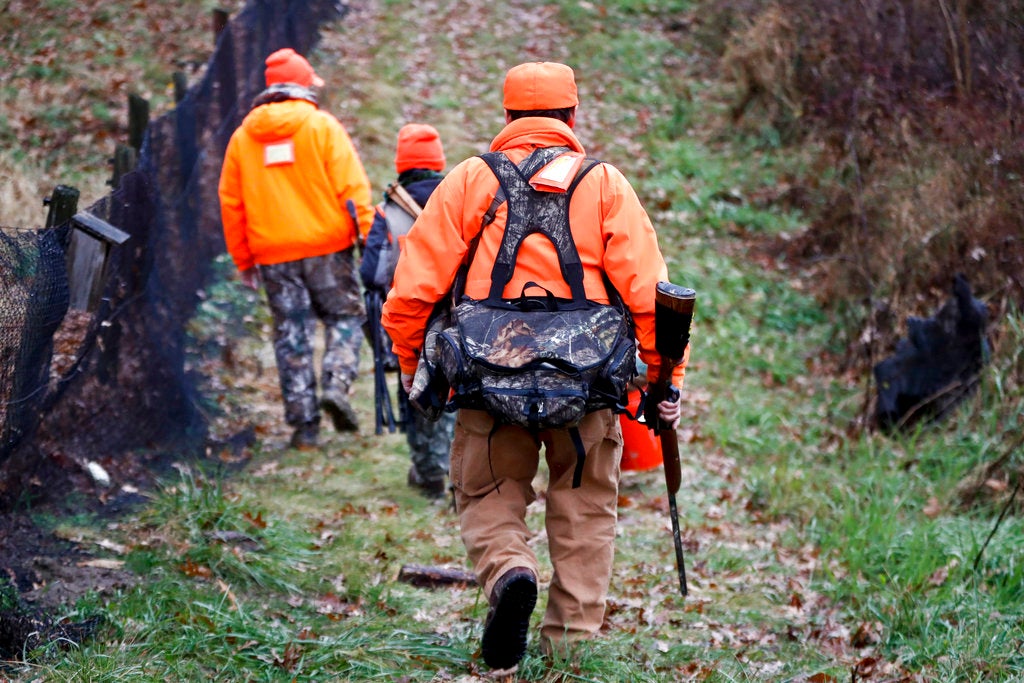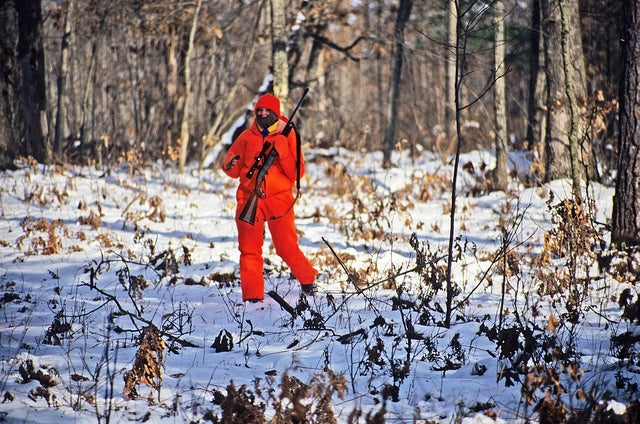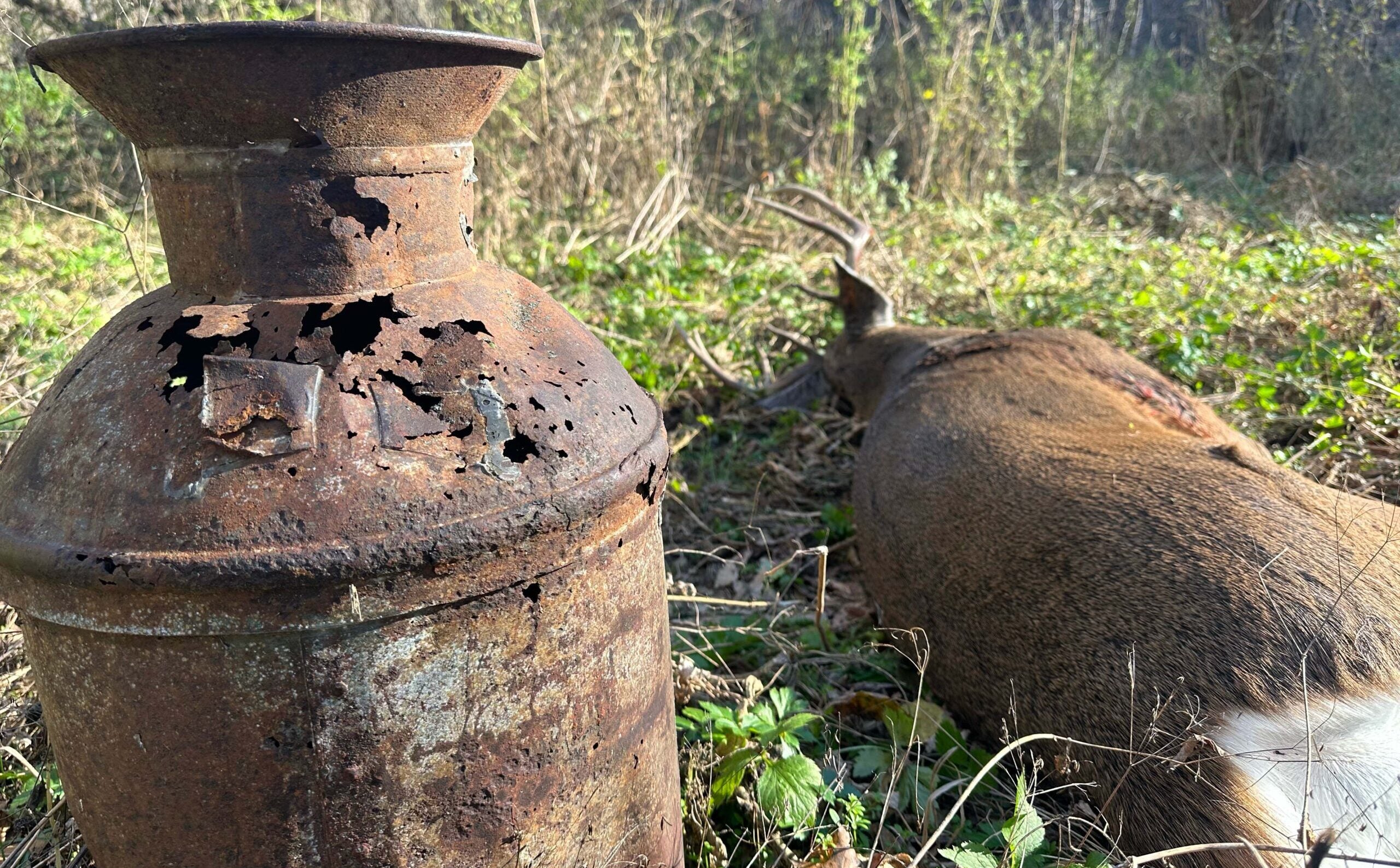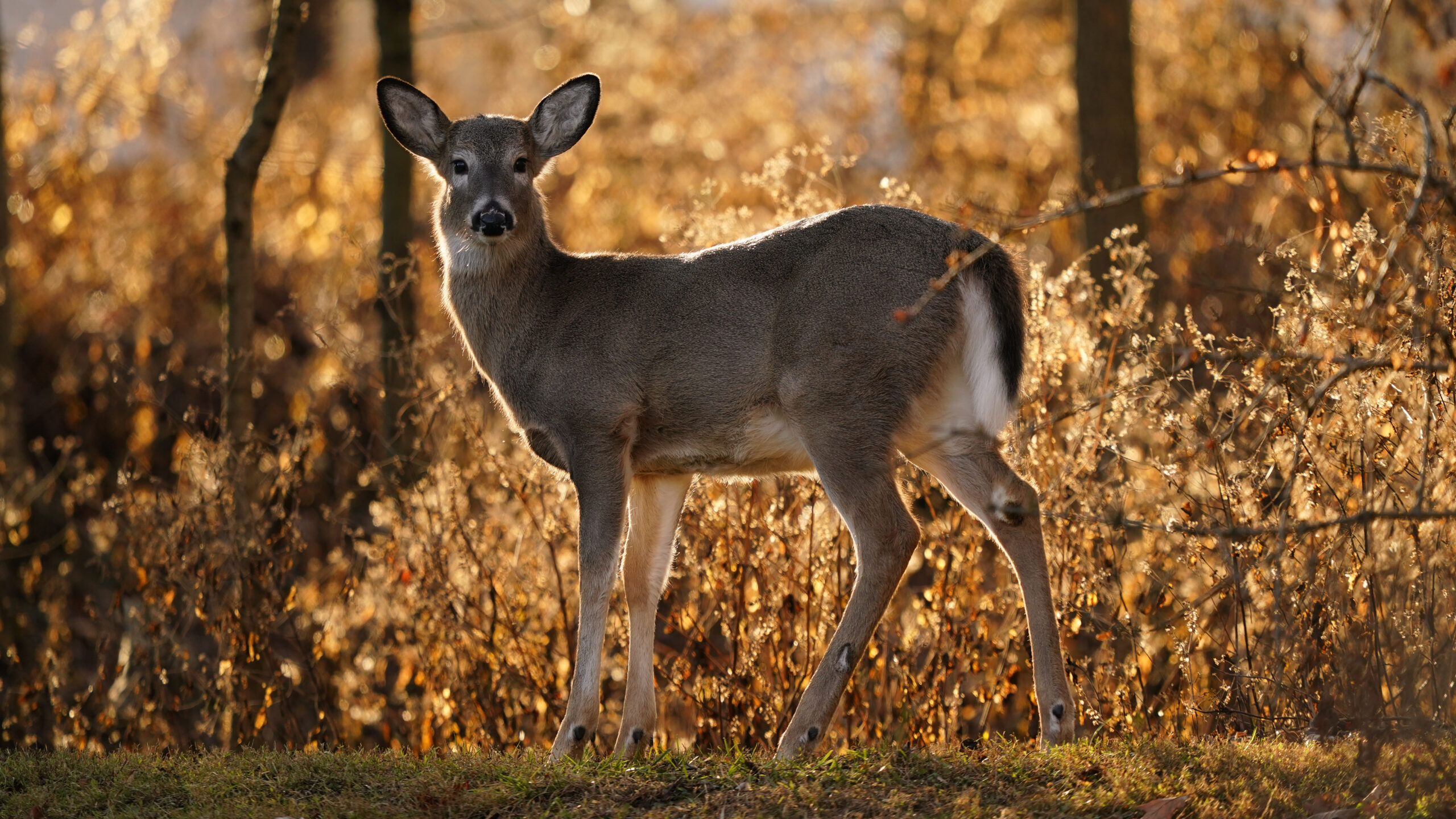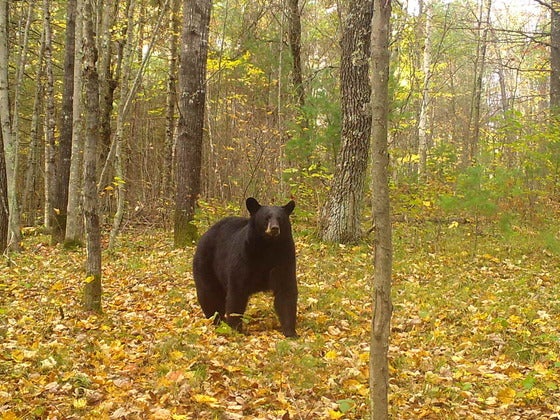New data from the Wisconsin Department of Natural Resources shows hunters killed around 14 percent more deer overall during this year’s gun deer season compared to 2021.
Hunters registered 203,295 deer over the nine-day gun-deer season, according to figures provided Tuesday by the DNR. Hunters killed 182,783 deer during last year’s nine-day season — down about 7 percent from 2020. The overall harvest was up nearly 8 percent from the five-year average.
The season started Nov. 19 and ended Sunday.
News with a little more humanity
WPR’s “Wisconsin Today” newsletter keeps you connected to the state you love without feeling overwhelmed. No paywall. No agenda. No corporate filter.
Hunters harvested 98,397 bucks, which is up almost 15 percent compared to last year. For antlerless deer, the 2022 harvest was 104,898, which is up nearly 14 percent from the 2021 gun deer season.
The season harvest is up across all regions statewide. The central and northern forested regions saw the largest increase with around 30 percent more deer taken in the central portion of the state and almost 20 percent more killed in northern Wisconsin than last year.
“Overall, the hunting conditions were good. Certainly, the snow on the ground through opening weekend, which persisted into the week, helped as well,” said Jeff Pritzl, DNR state deer program specialist. “And we didn’t have any real major negative weather events, other than maybe that high wind that we talked about opening weekend.”
Pritzl added that the state’s corn harvest was roughly 75 percent finished, improving success for deer hunters; although he noted the harvest was spotty statewide.
“And that seemed to be driven by either room at the mills or the cost of drying the corn down,” Pritzl said.
He expects hunters will still harvest about 25,000 deer in other seasons before the end of the year.
Overall, the DNR has sold 795,072 licenses so far this year. For the gun deer season, the agency sold 1.6 percent fewer licenses this year with 554,898 licenses sold, which is down from nearly 565,000 licenses sold last year.
Seven hunters sustained injuries and an 11-year-old boy was fatally shot by a member of his hunting party during the nine-day season. On Nov. 20, a 41-year-old man in Green Lake County attempted to unload his gun to place it in the back seat of a vehicle when the firearm went off, striking the 11-year-old. The boy later died from the injury. Six of the injuries occurred during opening weekend.
DNR Recreational Safety Section Chief April Dombrowski said the state has averaged 6.4 hunting incidents each year during the past 10 seasons.
“We want our folks to continue to hunt safe, hunt smart because we do have a number of hunting seasons still taking place,” Dombrowski said, noting six of the past 10 seasons had no fatalities.
Eric Lobner, director of the DNR’s Wildlife Management Program, said a facility in Lincoln County tested positive for chronic wasting disease, or CWD, the Friday before opening weekend. He said a wild deer also tested positive in Kenosha County, which Lobner noted is the county’s first positive detection in the wild deer herd since 2003.
First detected near Mount Horeb in 2002, chronic wasting disease attacks the brains of deer and leads to drastic weight loss and death. At least 60 counties have now been affected by CWD.
“We haven’t gotten many of our CWD test results back from the season yet,” Lobner said. “It will take us anywhere from nine to 14 days to get those processed.”
So far, 487 samples have tested positive for the disease out of roughly 7,516 deer sampled this year.
Wisconsin is estimated to have more than 1.5 million deer, which has been trending upward. The growth in the state’s wild deer herd has raised concerns among conservationists in recent years about habitat destruction, vehicle collisions, crop damage and disease that could threaten the long-term viability of the population.
Wisconsin Public Radio, © Copyright 2026, Board of Regents of the University of Wisconsin System and Wisconsin Educational Communications Board.
